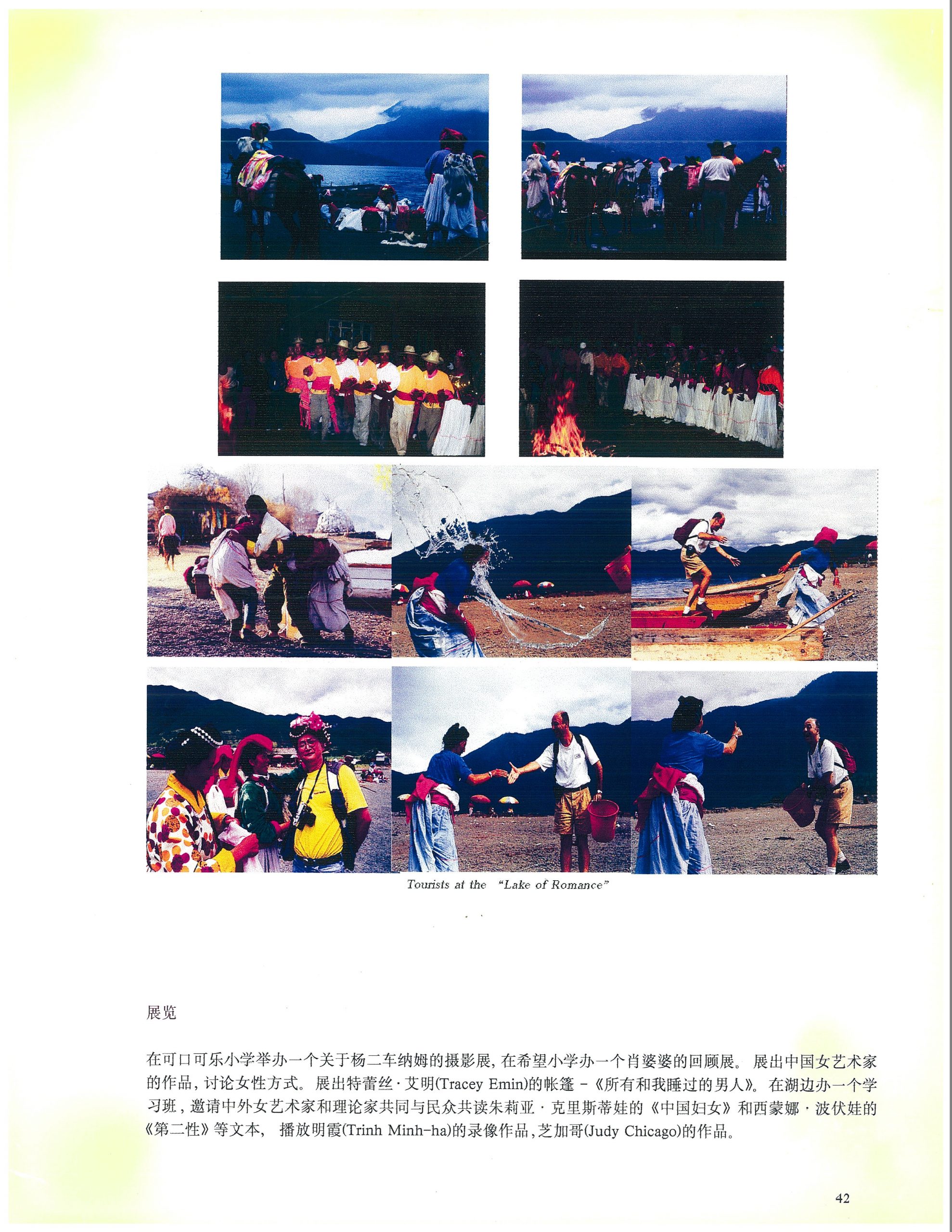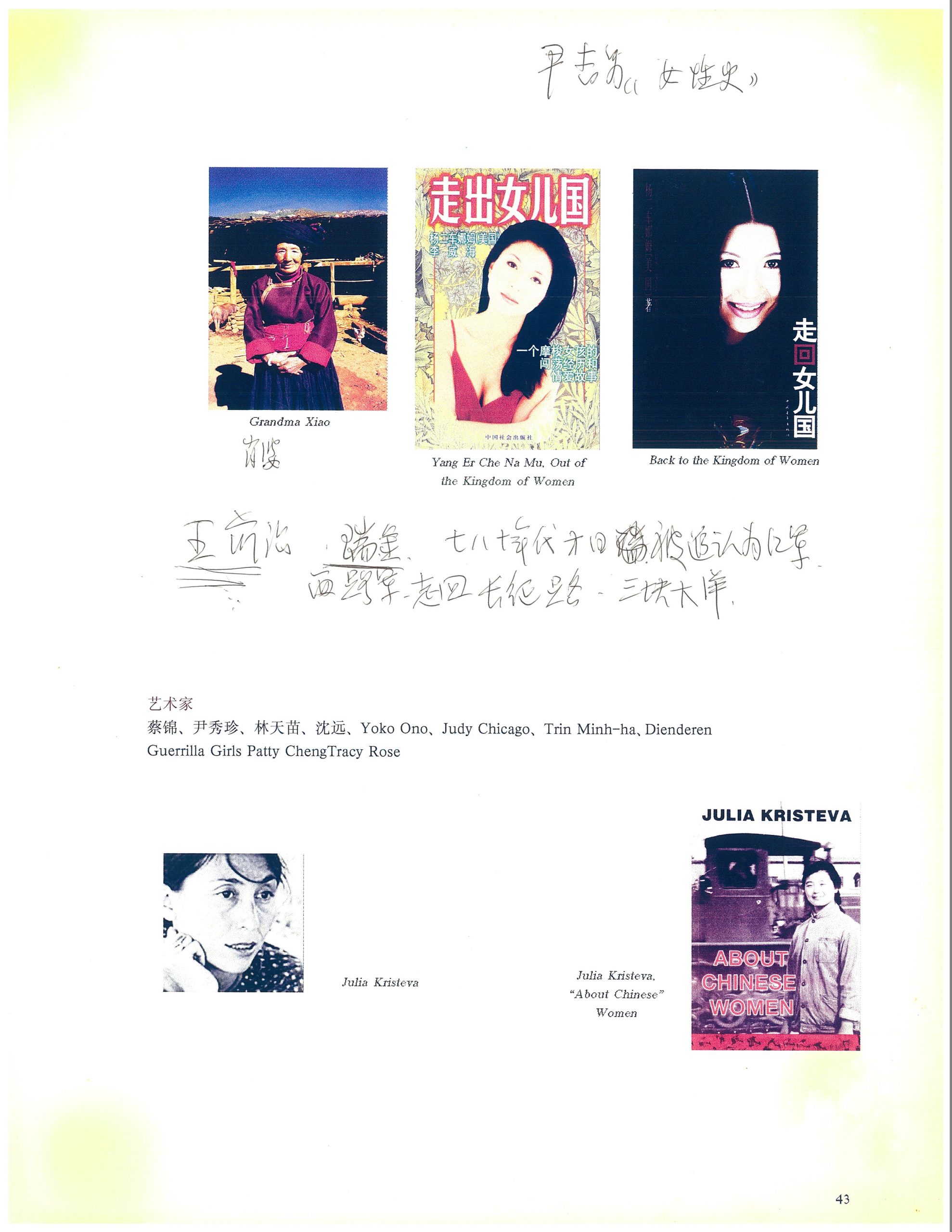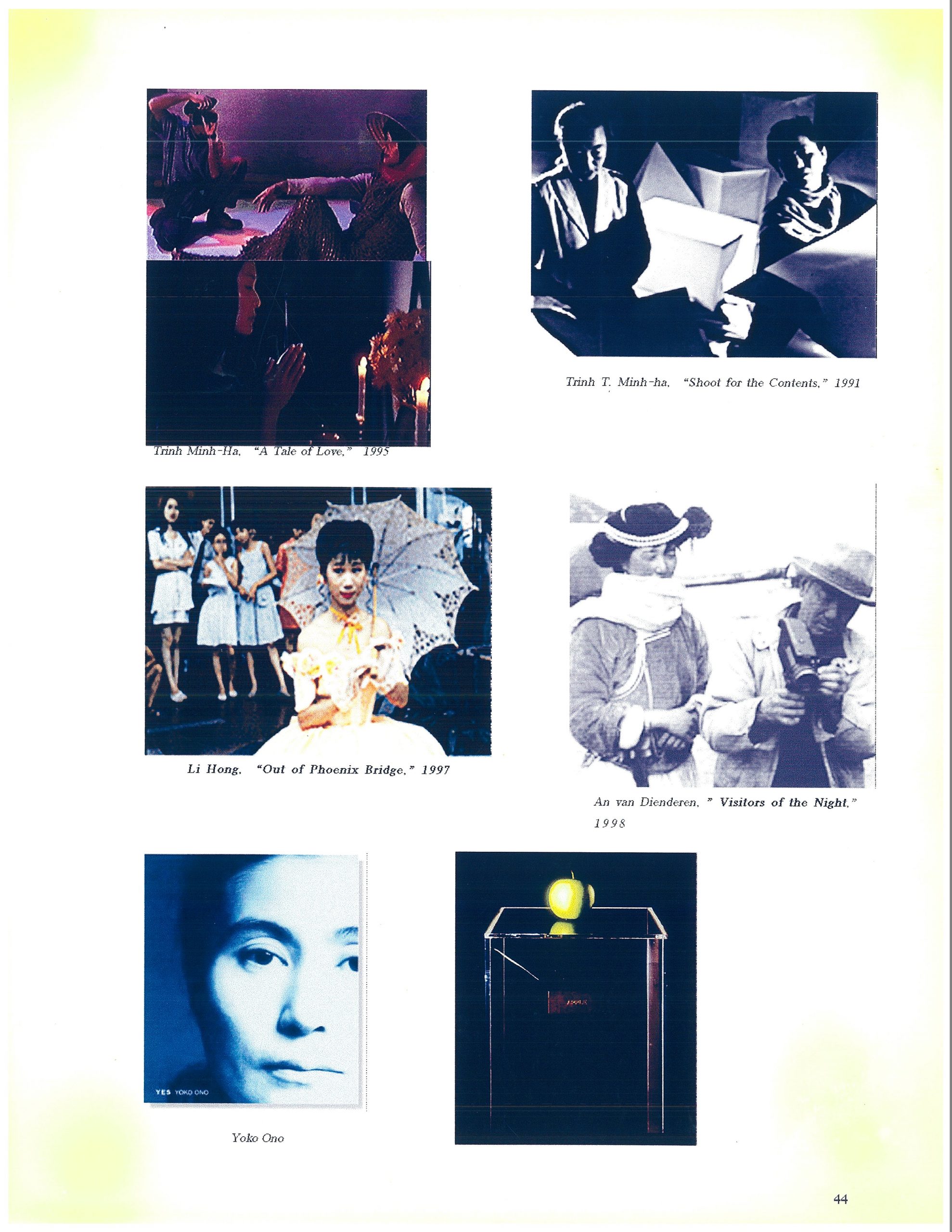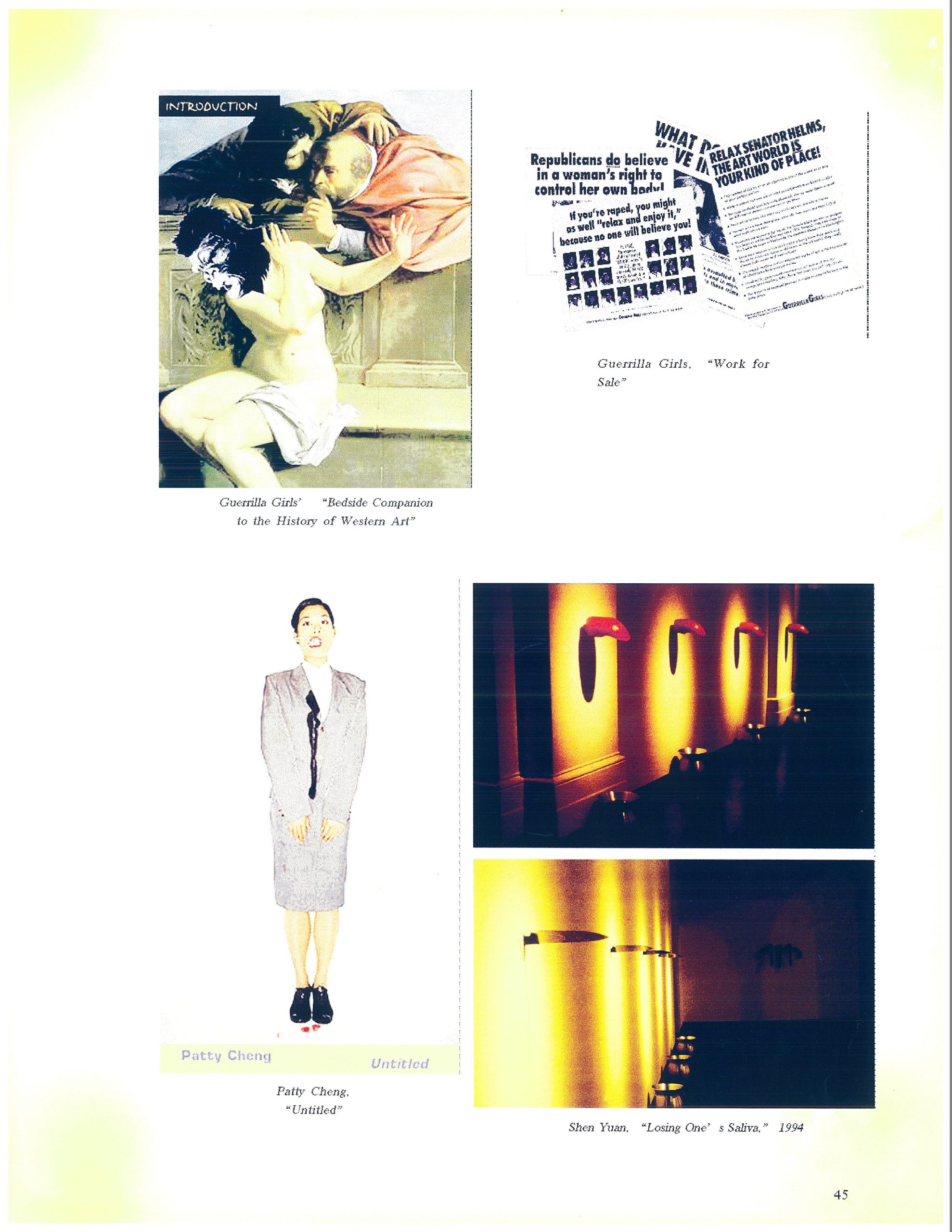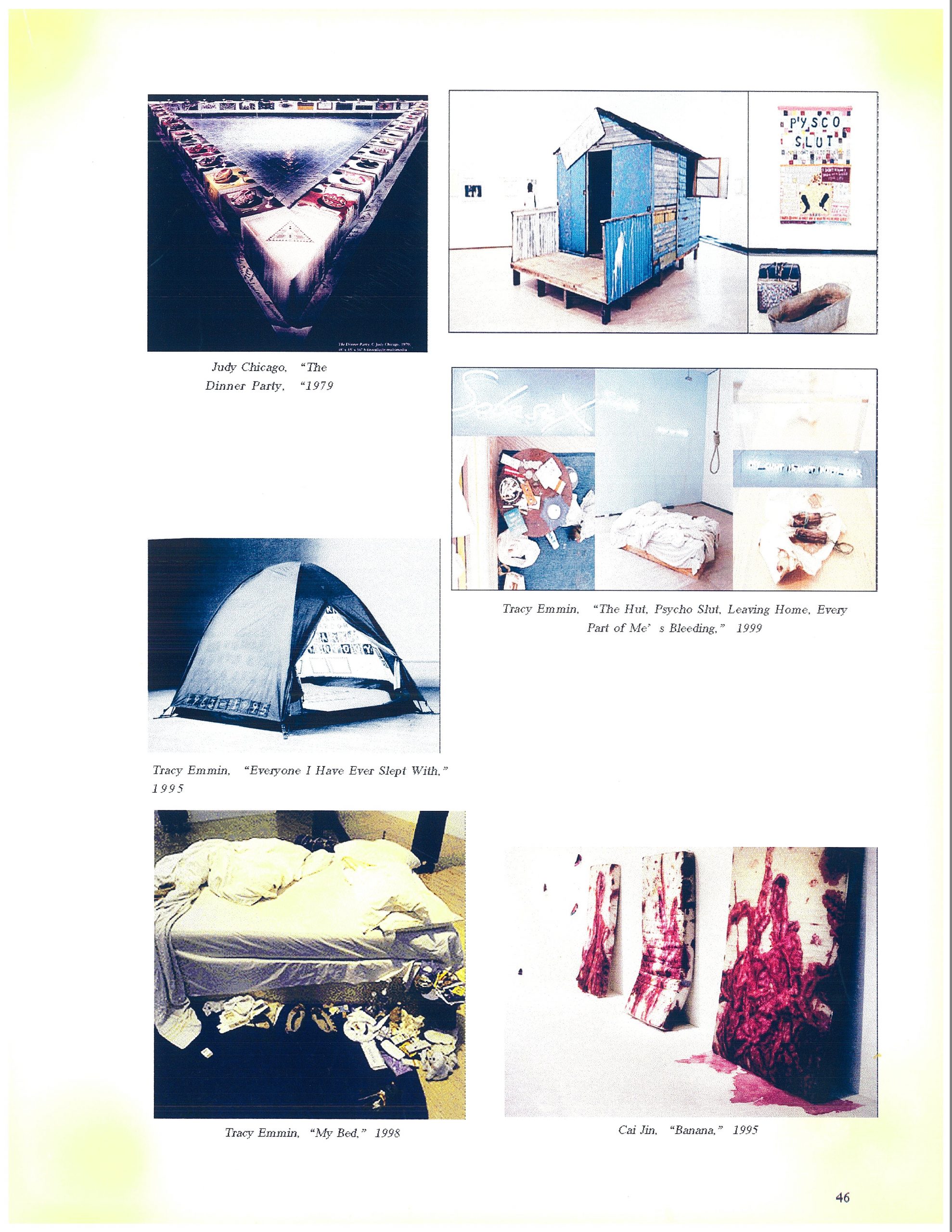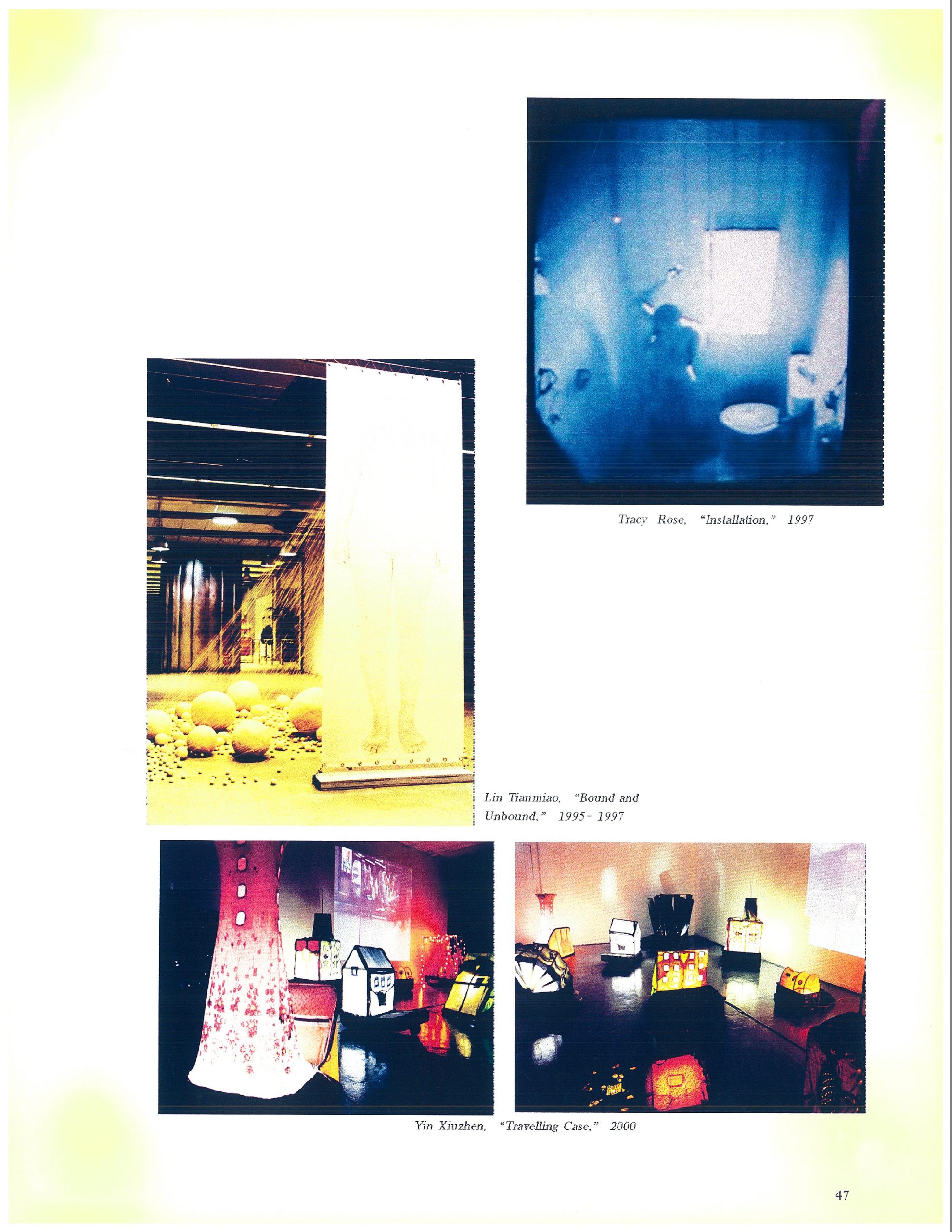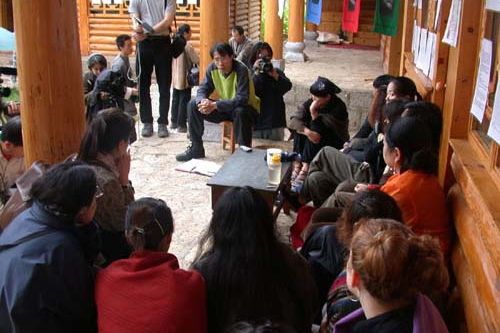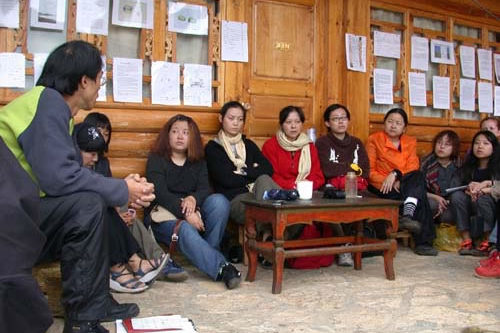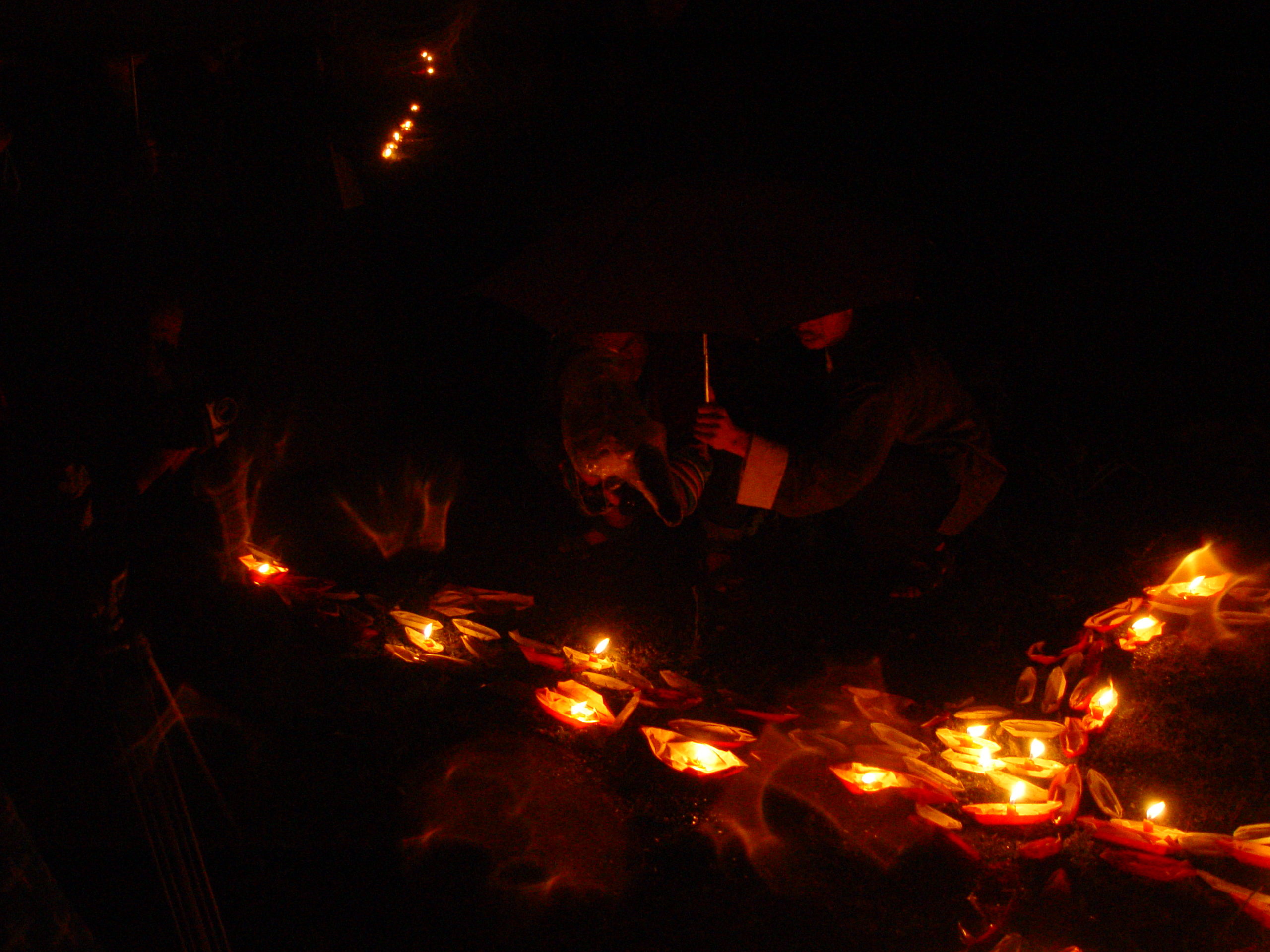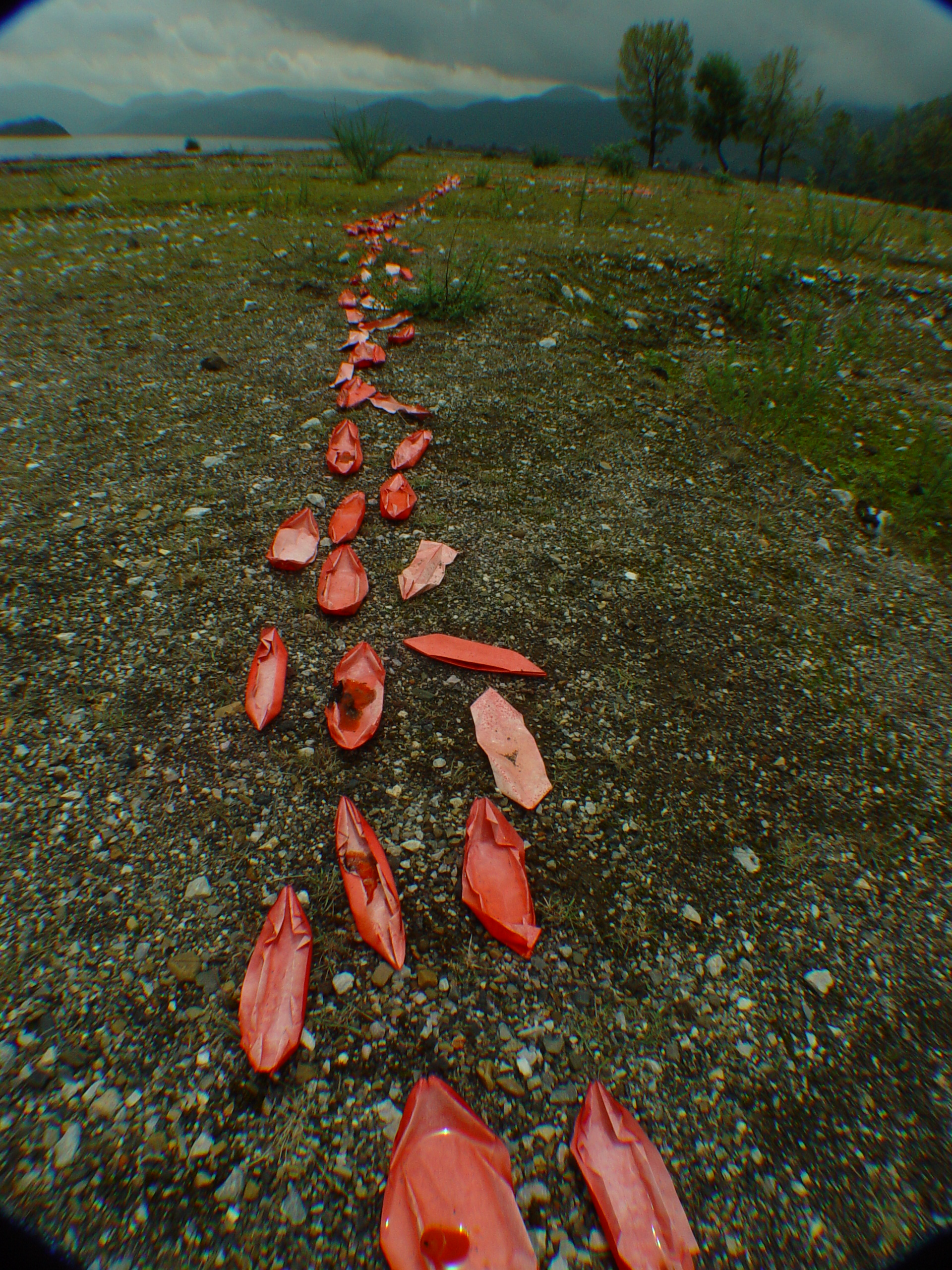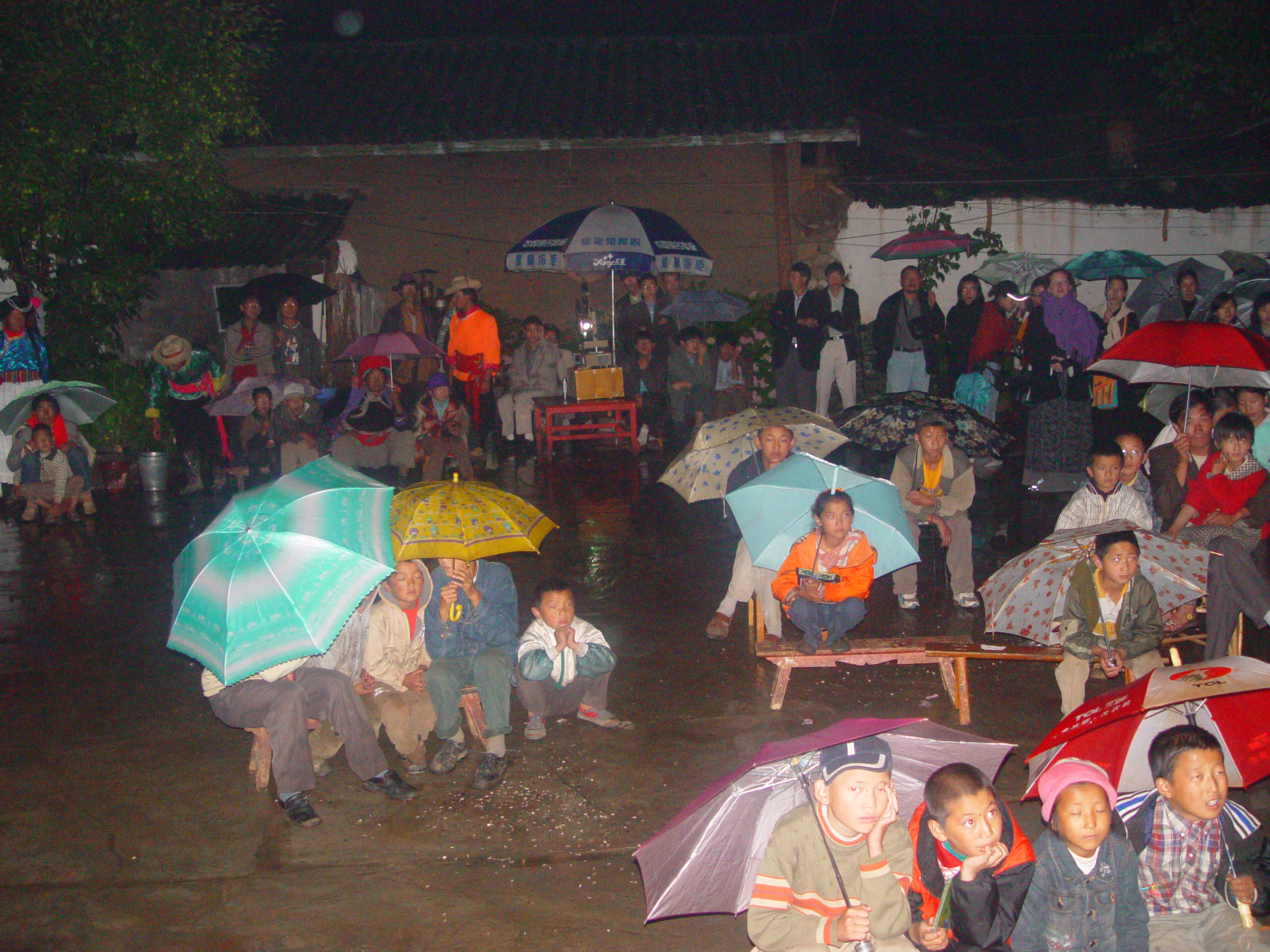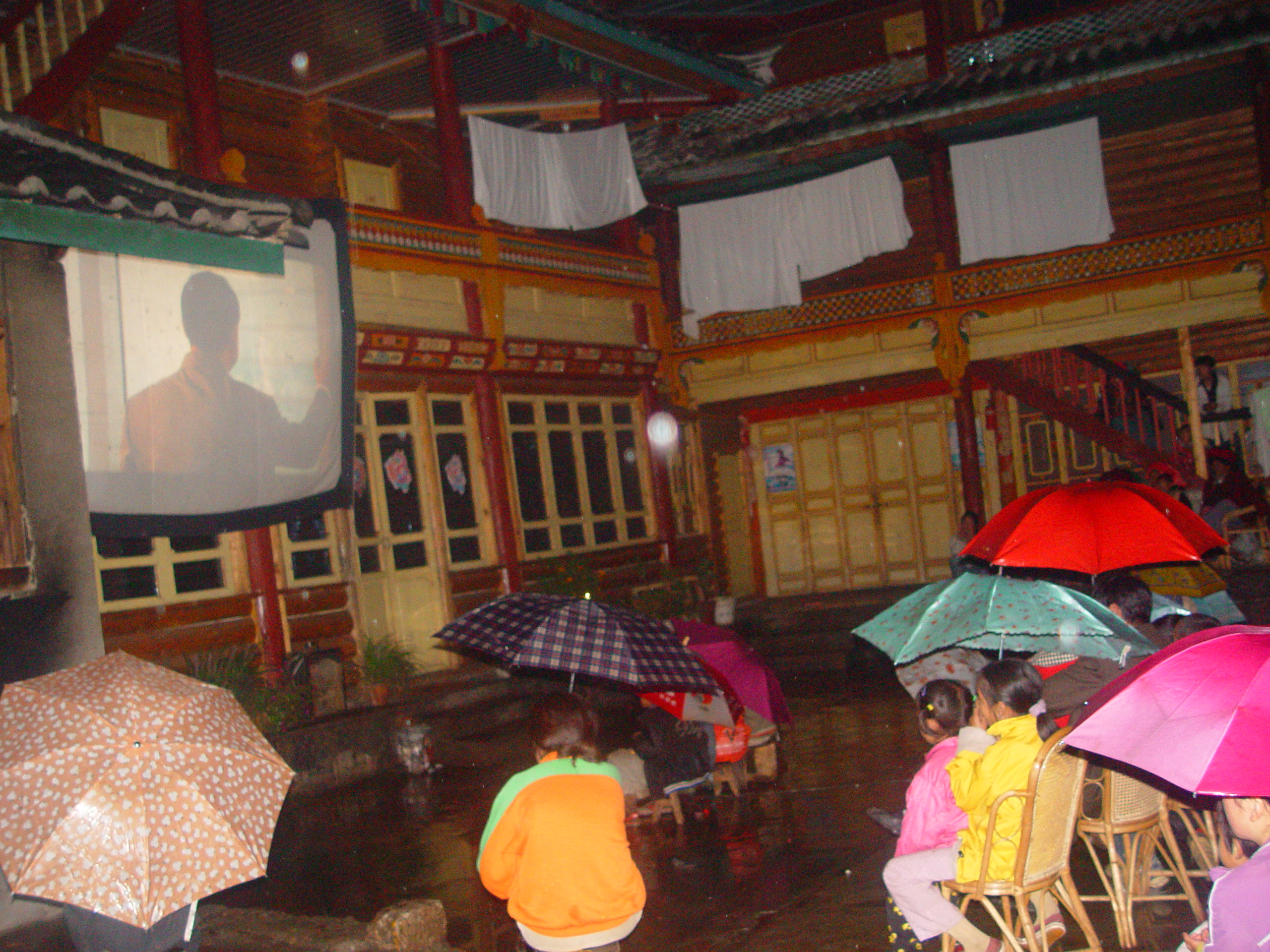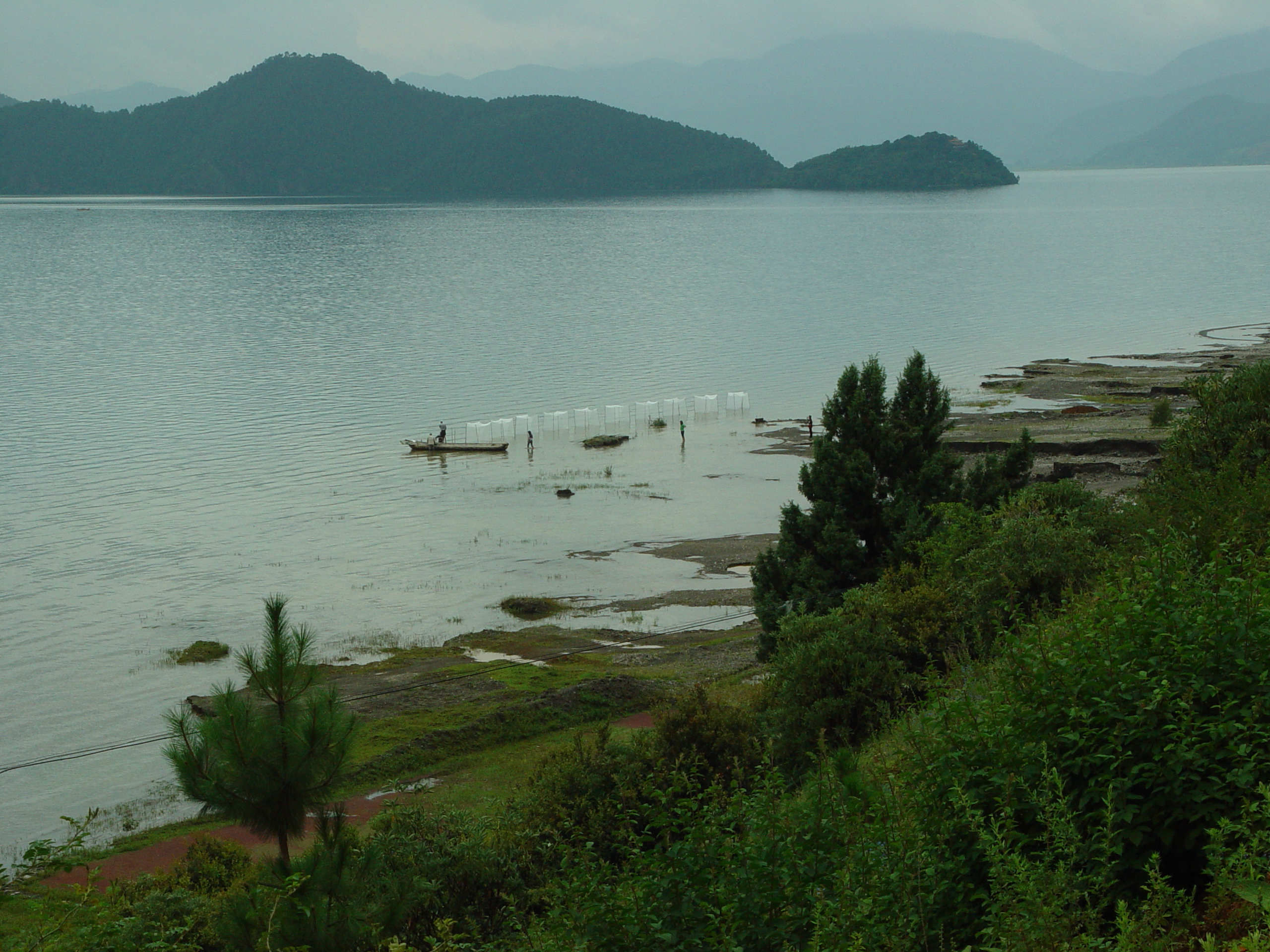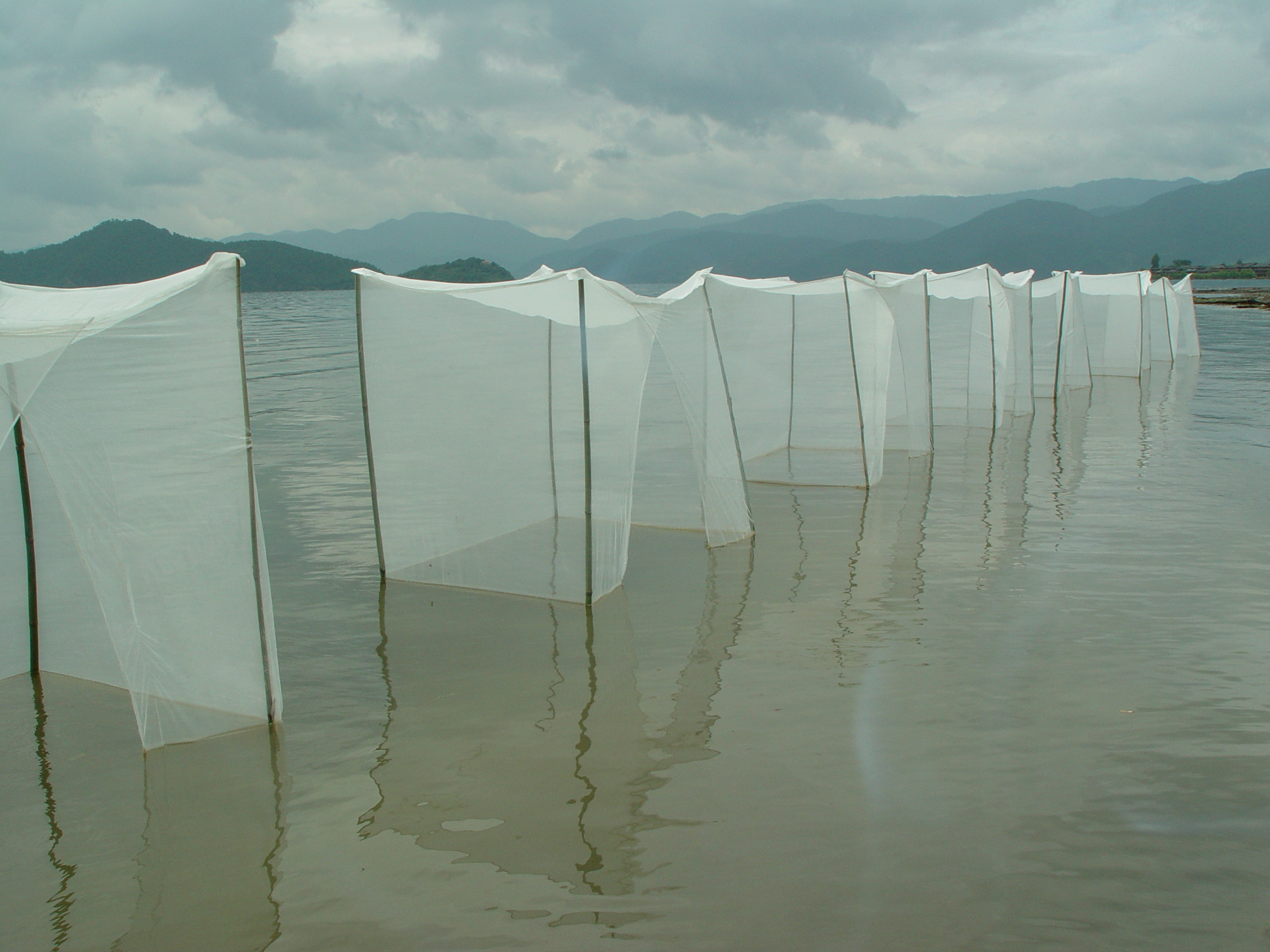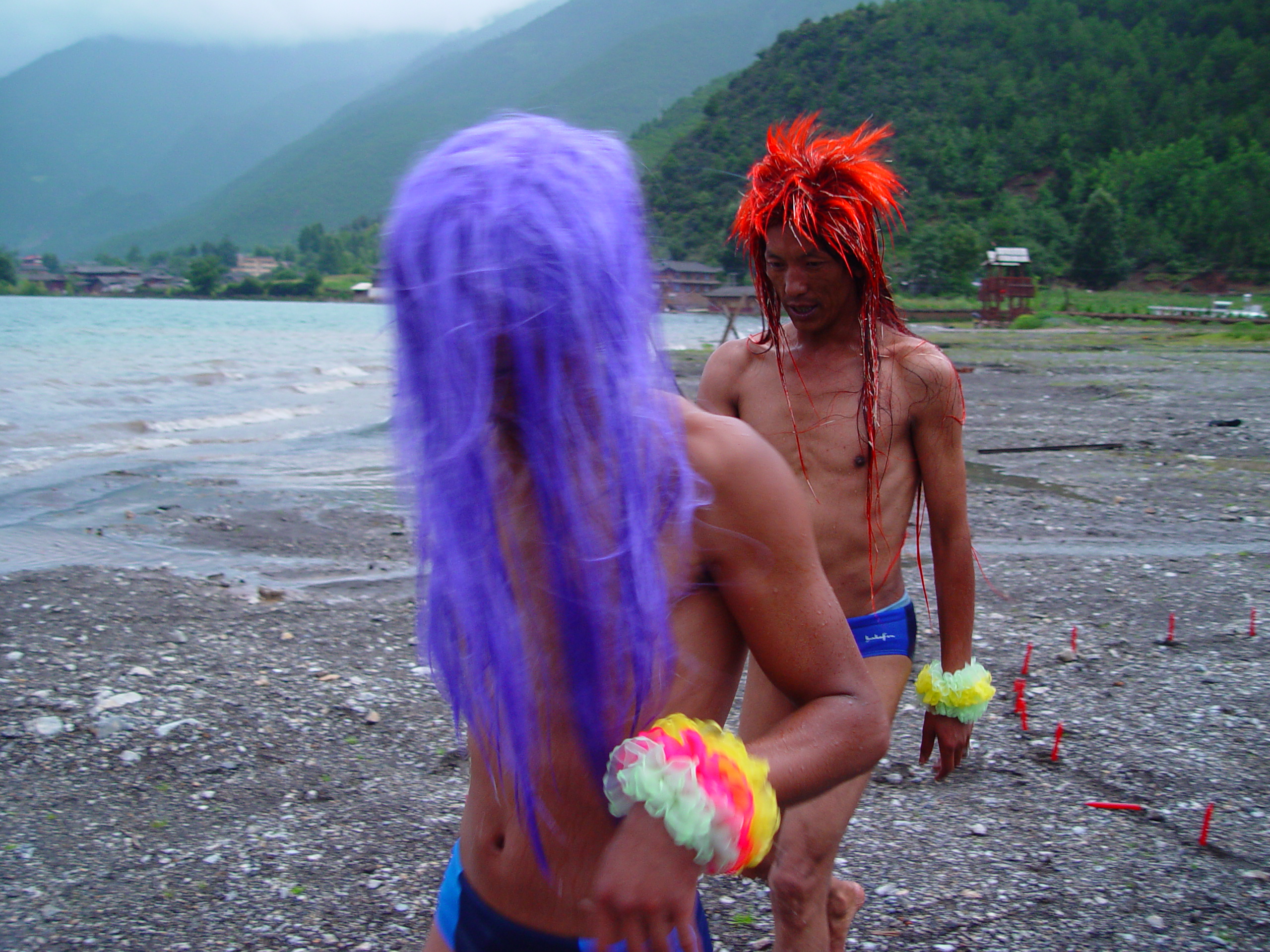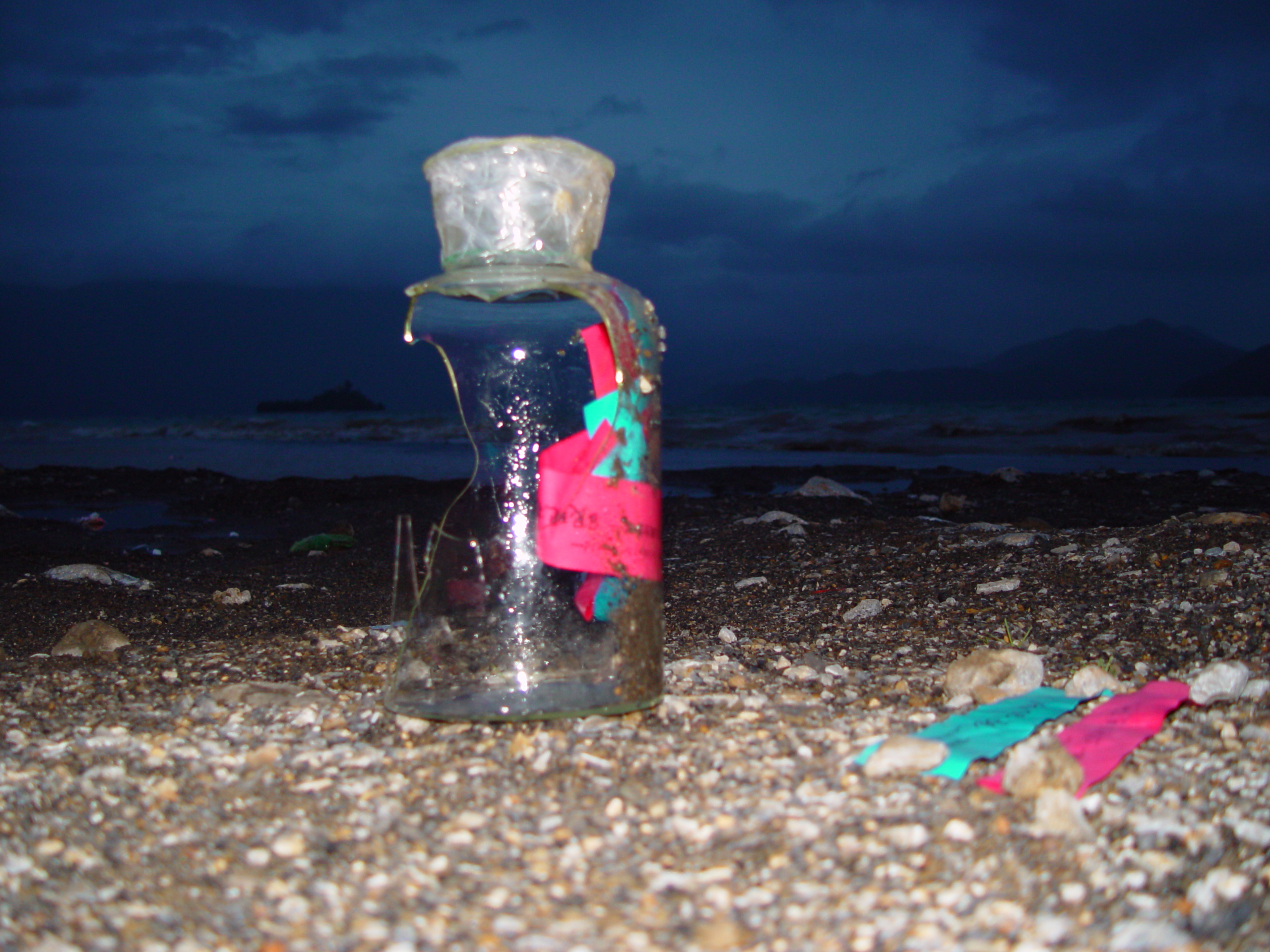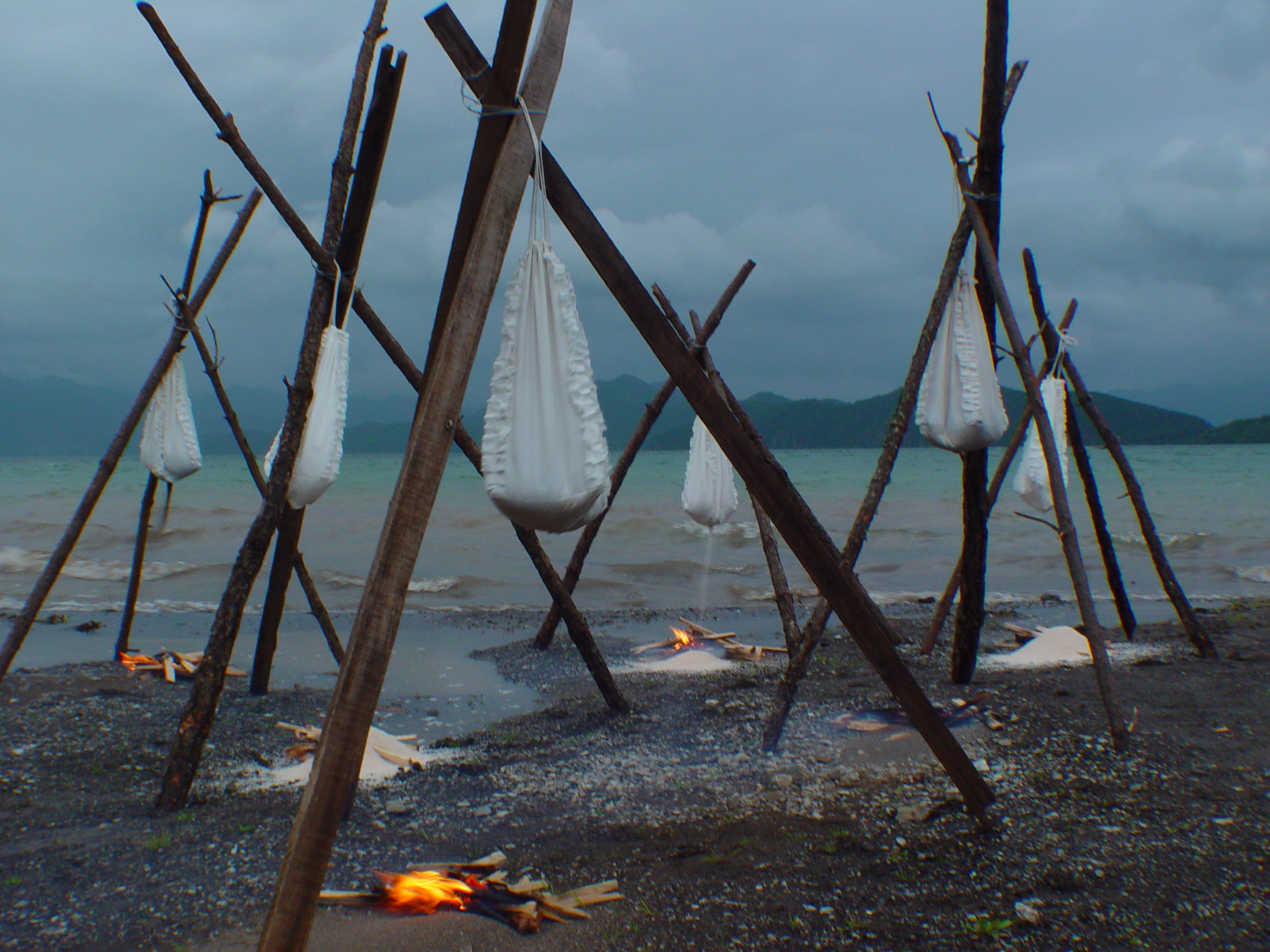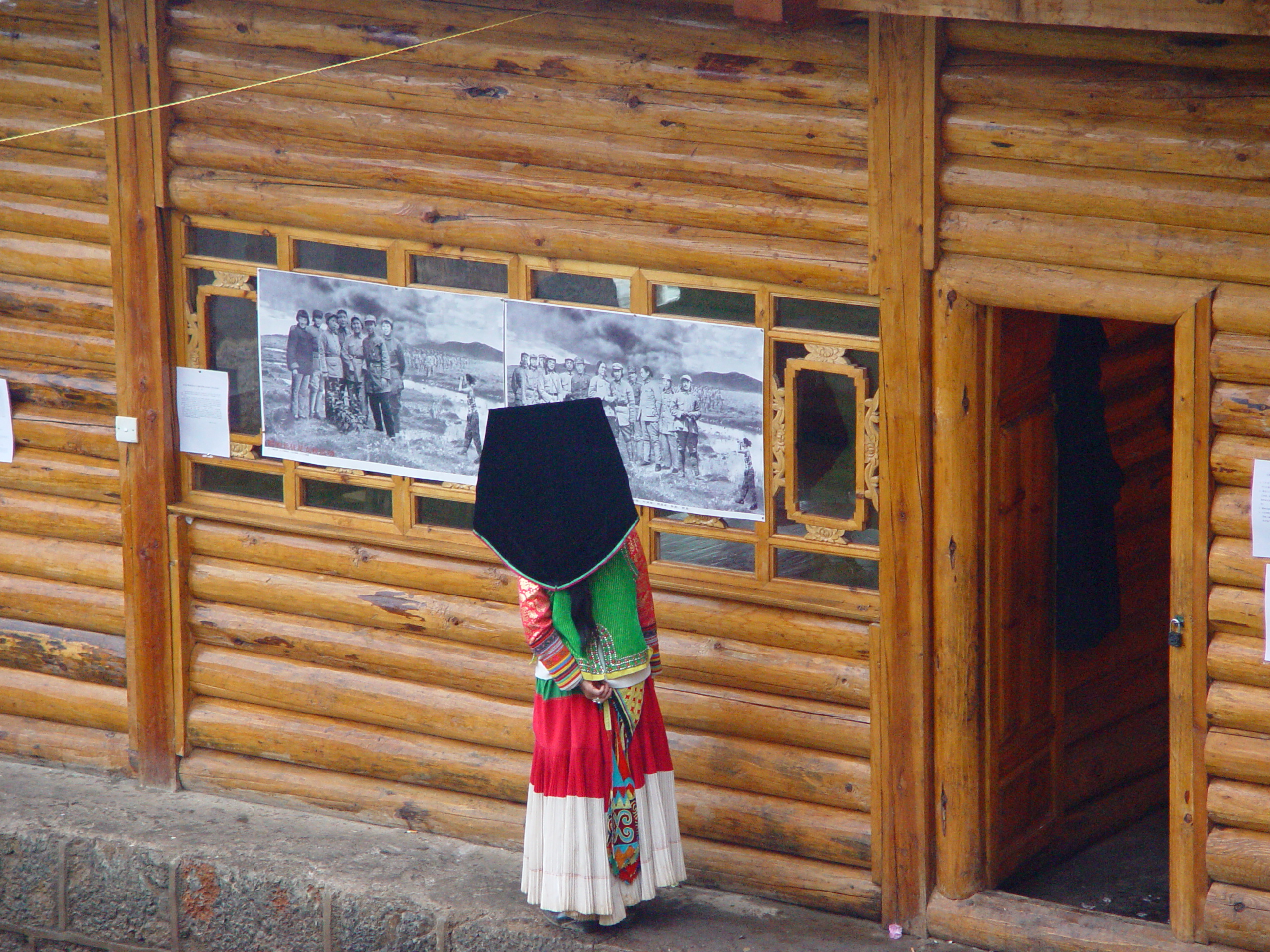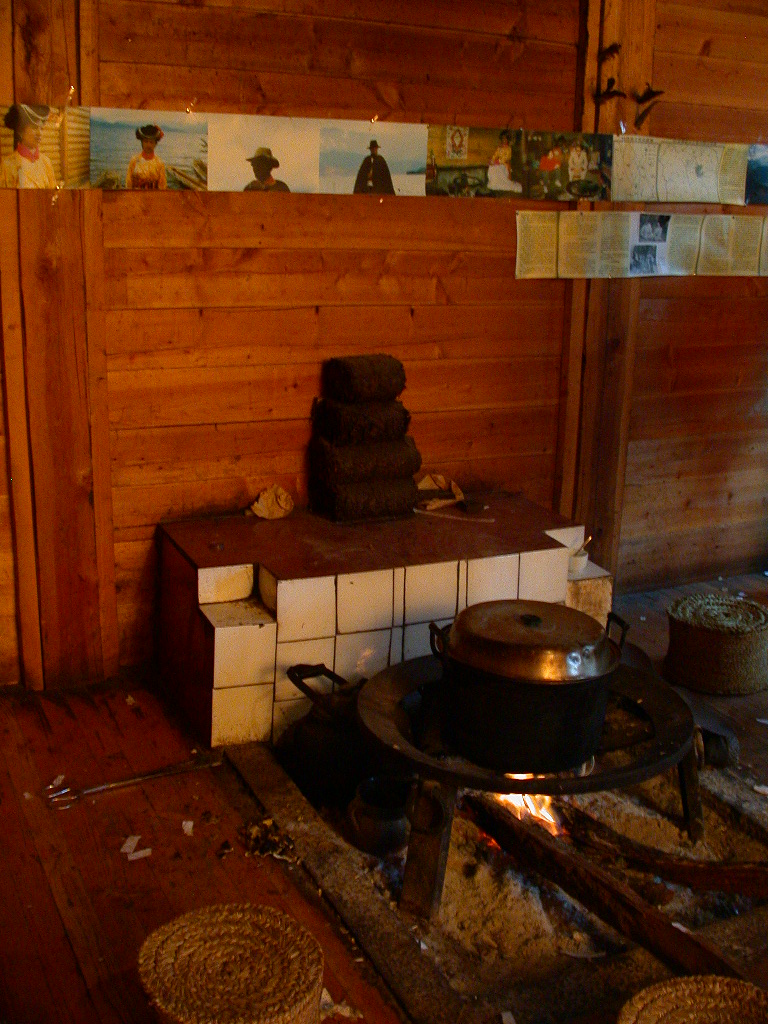Long March – A Walking Visual Display
作品《难民共和国》展在原中华苏维埃中央临时政府前展出-2-400x300.jpg)
Site 1: Ruijin, Jiangxi Province
Long March- A Walking Visual Display
Time: Jun. 28 – Jul. 7, 2002

Site 2: Jinggangshan, Jiangxi Province
Long March- A Walking Visual Display
Time: Jul. 8 – Jul. 12, 2002
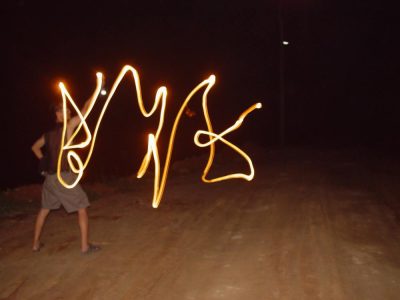
Site 3: Daozhong, Guangxi Autonomous Region
Long March- A Walking Visual Display
Time: Jul. 13 – Jul. 18, 2002

Site 4: Kunming, Yunnan Province
Long March- A Walking Visual Display
Time: Jul. 21 – Jul.22, Aug. 2 – Aug.5, 2002

Site 5: Lijiang, Yunnan Province
Long March- A Walking Visual Display
Time: Jul. 23 – Jul. 27, 2002
Jul. 31 –Aug.01,2002
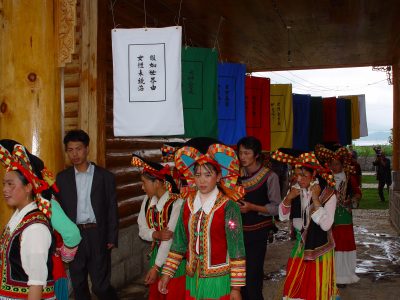
Site 6: Lugu Lake, Yunnan/Sichuan Provinces
Long March- A Walking Visual Display
Time: Jul. 27 – Jul. 30, 2002

Site 7: On the Train between Kunming and Zunyi
Long March- A Walking Visual Display
Time: Aug. 6, 2002
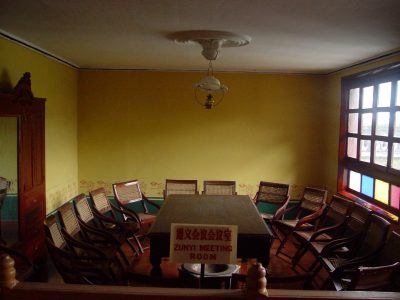
Site 8: Zunyi, Guizhou Province
Long March- A Walking Visual Display
Time: Aug. 7 – Aug. 12, 2002

Site 9: Maotai, Guizhou Province
Long March- A Walking Visual Display
Time: Aug. 13 – Aug. 15, 2002
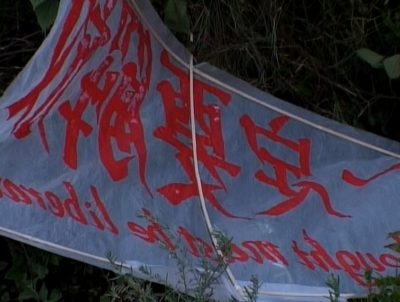
Site 10: Xichang Long March Satelite Station, Sichuan Province
Long March- A Walking Visual Display
Time: Aug. 16 – Aug. 21

Site 11: Moxi, Sichuan Province
Long March- A Walking Visual Display
Time: Aug. 22 – Aug. 27, 2002
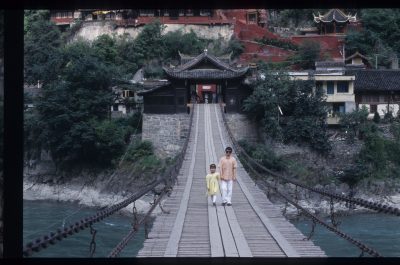
Site 12: From Anshunchang to Luding Bridge
Long March- A Walking Visual Display
Time: Aug. 28 – Sep. 1, 2002
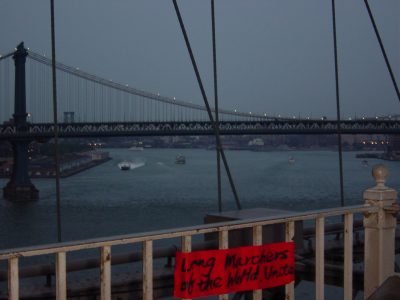
Works made along the Long March
Long March- A Walking Visual Display
Time: 2002
Artists: Qu Guangci, Qiu Zhenzhong, Song Dong, Yin Xiuzhen, Wang Bo, Qin Ga, Qiu Zhijie, Ingo Günther, Jiang Jie, Wang Jingsong, Yao Ruizhong, Shao Yinong, Mu Chen, Xiao Lu, Shen Meng, Xiao Xiong, Ding Jie
Site 6: Lugu Lake, Yunnan/Sichuan Provinces
Long March- A Walking Visual Display
Time: Jul. 27 – Jul. 30, 2002
Curatorial Plan: The shared utopian shades of matrilineal and communist societies – looking at the utopian elements of a feminist society as seen through two generations of a matrilineal society
Route: Lugu Lake
Time: 2002.7.27-7.30
July 27-30: Lugu Lake
Judy Chicago's Curatorial Discussion with Long March
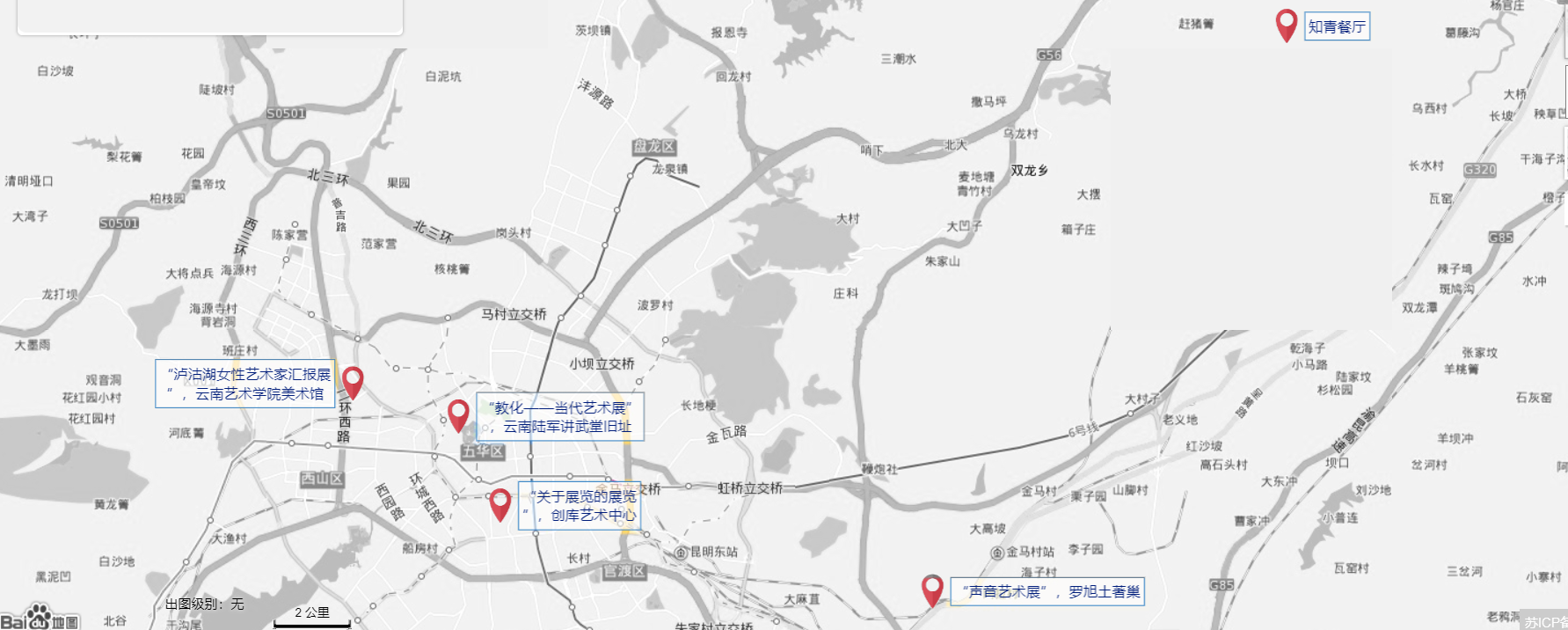
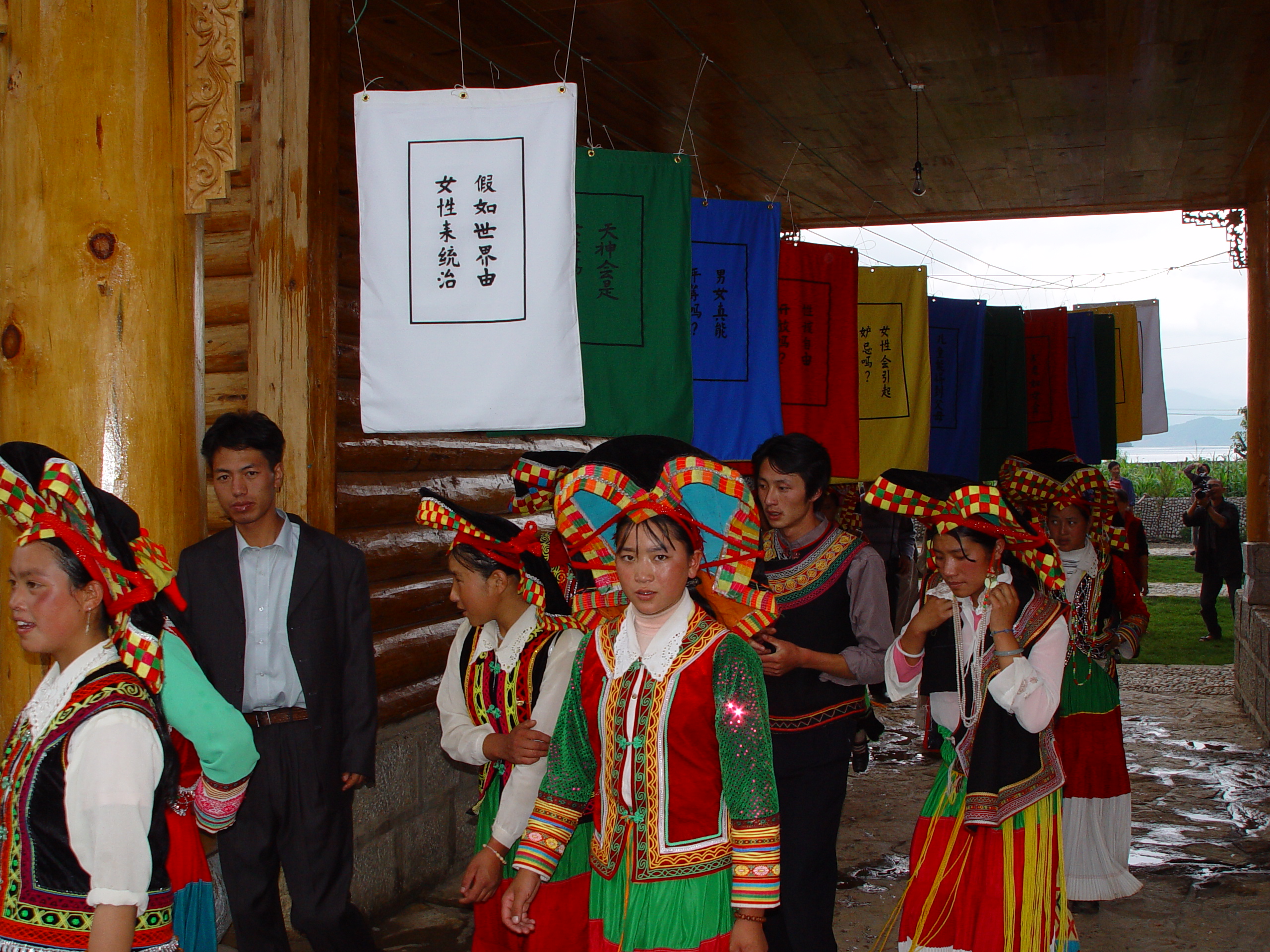
Curatorial Plan:
Site: Lijiang
July 25
The original curatorial plan was to select twelve female Chinese artists to participate alongside Chicago in the If Women Ruled the World exhibition. Their proposals would be exhibited at Lugu Lake, and the works themselves would be realized later, in a museum. Lu Jie and Qiu Zhijie began to doubt their authority, as men, to pick twelve artists, and recommended to Chicago that the limit of twelve artists be removed and the proposal exhibition opened to the more than thirty artists who offered submissions, with the proposals to be printed on Tibetan-style prayer flags. This plan won Chicago’s consent, and she quickly began making such a flag for her own work. Afterwards, some artists expressed their discontent that they could only display proposals at Lugu Lake, and their sincere hope that they could actually realize works on-site. Lu Jie and Qiu Zhijie decided to forgo their curatorial prerogative and allow all those artists who had submitted proposals and wanted to realize works to do so. Thus, a plan emerged from the meetings in Kunming. Nonetheless, the number and quality of the works, along with the non-artistic worries they brought, had made Chicago feel pressured.
The meeting in lok Shui village
The troops split into two divisions and traveled the dangerous road to Lugu Lake. After eight hours on bumpy roads with steep elevation, the crews arrived, tired and cold. Come evening, Judy Chicago met with the female Chinese artists for a strategic planning session. Aside from the artists whom Chicago had already met in Kunming, there were others who had come directly from Beijing and Chongqing, numbering fourteen altogether.
Morning. The weather turned foggy and many of the troops, including Judy Chicago, grew sick from fatigue and lack of nutrition. At 09:00, the curatorial crew started to transform the barracks into “A House for Chinese Women.” Donald Woodman and Shen Meng worked together installing Chicago’s twelve flags, each posing a question related to the concept “If Women Ruled the World.” Each flag bore a question written in Chinese with an illustration on the back. The flags were installed diagonally in the entrance to the barracks with the questions facing outward, welcoming visitors and sparking interest. The proposals from thirty-three artists from all areas of China were installed on the walls outside each room, creating a home for Chinese women and their art. The brigade of female artists arrived at noon for another struggle session. Chicago remained in her barracks resting while Lu Jie met with the artists.
Judy began working with Chinese women artists at Mount Qidi
28 July
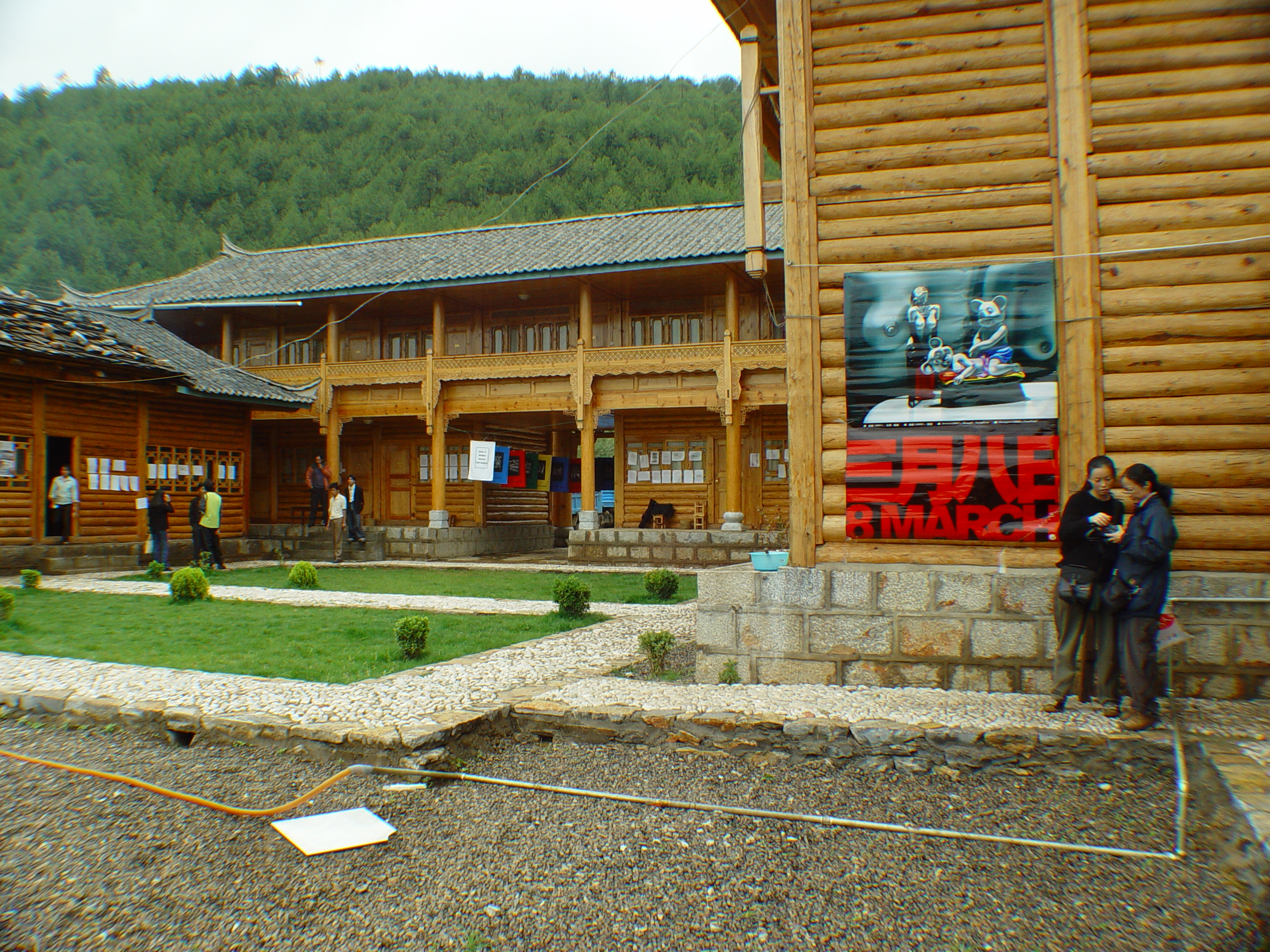
The participating Chinese women artists submitted a list of three terms for the Lugu Lake project:
1. The name and concept, “A House for Chinese Women,” should be changed to “A Dialogue with Judy Chicago at Lugu Lake.”
2. Participants shall hold all copyrights to the works they realize at Lugu Lake.
3. A written agreement on the two points above shall be signed by both parties.
Lu Jie agreed to the terms, but the struggle goes on. Chicago entered the struggle session for fifteen minutes, making the point that she was here to work with the artists collectively, encourage them, and create art. Chicago was disappointed when a few of the artists implied that her work overpowered the works by the Chinese artists. The curatorial crew and brigade of artists were touched by her comments and decided to work together. Six women artists would work at another location to carry out their performances and installations while the rest would install their work in the barracks under the title “A Dialogue with Judy Chicago at Lugu Lake.”
Several members of the artist brigade installed their work in the barracks near Chicago’s flags. Kunming-based artist Sun Guojian realized her installation work Following You.
Lei Yan, another Kunming-based artist, installs her photographic works If They Were Men and If the Long March Were a Women’s Art Movement. Lei Yan’s work consisted of two black-and-white photographs: one with the male leaders of the Long March dressed as Red Army guards with ponytails added onto their heads; another with famous female Red Army guards followed by a brigade of women soldiers. In each photo, Lei Yan is in the frame dressed as a tourist taking photos of the Red Army guards.
Beijing-based artist Xu Sa (Sasa) installed six works depicting different scenes addressing sex, love and modern life.
Huang Ying of Chongqing installed her photographs of writings and drawings she observed on the walls in female restrooms around that city. She hung the photos outside the bathroom in the barracks. Chicago met with each artist for a constructive criticism session after the works were installed. Chicago singled out Huang Ying for lack of research, and for presenting a work from a male point of view rather than truly addressing the topic, “If Women Ruled the World.”
July 30, Lugu Lake
Chicago and Woodman planned to leave Lugu Lake early, but due to flooded roads, they were stuck there for the morning. During an early morning dialogue with Lu Jie and Qiu Zhijie, Chicago confessed her disappointment with many of the artists. She was hoping to have more interactive dialogue and debate, but the artists did not engage her efforts. Although this was the case, she felt that she had learned a lot and had grown from the project, and that the same could be said of the participating artists.
The weather cleared for a moment as Chicago and Woodman began the 8-hour trek back to Lijiang, with accompany of Lu Jie and some other members. Qiu Zhijie and others attended the performance on the lakeshore by Wu Weihe and her husband. They had created two burial platforms with a seven-color pattern based on Mosuo custom, placing two sculptures of babies on each platform, setting each figure on fire, and placing each platform on the lake. Her response to Chicago’s call is that if women ruled the world, it would be filled with the kind gaze of a mother. In Mosuo funerary custom, a dead person is covered in white clothes like a newly born baby, symbolizing a return to the place from which they originally came. The juxtaposition between fire and cold water, the white cloth covering the baby sculptures and the colorful base created a sense of mystical tension. The curatorial crew and troops spend the day compiling reports from the road in preparation for the long trek back to Lijiang.
“Qu Guangci” opened the ballot box for the “New Model Long Marcher” for the first time. Cameraman Shen Xiaomin was the winner.
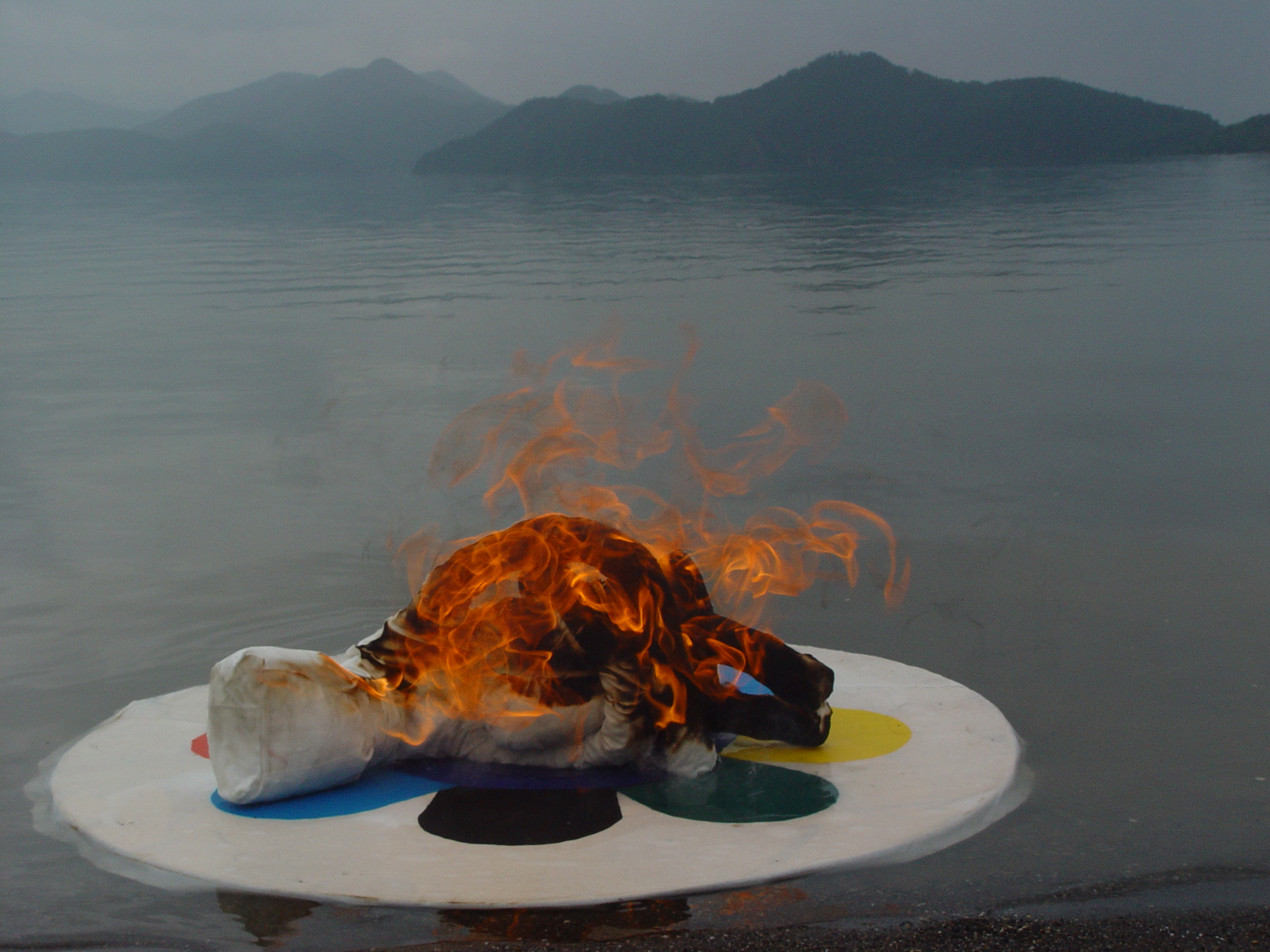
July 31, Lugu Lake - Lijiang
The Long Marchers left Lugu Lake early in the afternoon and got back in early evening. Because they would be holding a Long March exhibition at Muwangfu Guesthouse the following evening, the marchers set down their luggage and went immediately to inspect the space. It was located in a bar on the second floor of Muwangfu, and had a bourgeois-bohemian feel to it. The group decided immediately that this was the perfect spot for tomorrow’s exhibition. They measured the corner of the room in which sat the television, making sure it was suitable for projecting a video installation work. After everyone had offered their opinions, Qiu Zhijie grabbed a marker and some paper and made six large posters to be hung throughout the old town. The rest of the marchers took to writing the details of the exhibition on the back of Long March postcards, turning them into invitations, keeping themselves busy late into the night. Qiu Zhijie stayed up through the morning putting the final touches on his “Microsoft Windows-Dongba Version,” while the other marchers slept.
That night, Lu Jie and his family ate a candlelight dinner with Chicago and her husband. Beside the canal and beneath a willow tree, he conducted an hour-long extemporaneous interview. They talked of art, and when dinner was finished, said farewell in the rain. So much rain had fallen that the bridges and stones were nearly submerged.


